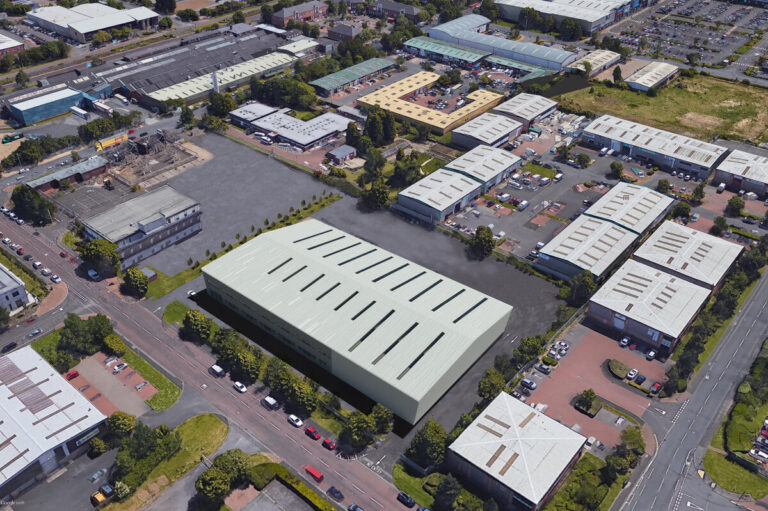Rental growth in the UK industrial & logistics sector is set to continue to outpace both the office and retail sectors over the next five years, according to the latest research from global real-estate advisor Knight Frank.
Knight Frank’s 2022 UK Logistics Market Outlook Report reveals that industrial rents are expected to rise an average of 4.2% per annum over the next five years, compared with 1.7% per annum for offices and 0.6% per annum for retail. The sector’s strong occupier market fundamentals and persistent growth in online sales are expected to continue to drive rents.
Greater London is expected to continue to lead the UK market, with average rents forecast to rise 8.7% in 2022, with double-digit growth predicted for areas of intense demand and short supply. This follows a record-breaking year in 2021 where prime London rents rose 25% (units over 50,000ft2) and smaller units recorded even stronger growth, with prime rents for units sub-20,000ft2 rising 56% over the year.
Investors are betting on continued growth by increasing fund allocations to the sector – 39.7% of the UK All Balanced Property Fund Index was invested in the sector in Q4 2021, up from 33.2% in Q4 2020 and just 16.4% nine years ago.
Strong confidence in occupier demand and intense competition for assets is seeing some investors move up the risk curve. Some investors are looking to drive returns through value-add strategies, realising the strong uplift in rents through new lettings, re-gears and rent reviews on assets with short lease lengths. This was particularly evident in 2020 and has consequently seen assets and portfolios with unexpired lease terms under three years recording strong yield compression between 2019-2020, from 6.9% to 6.0%.

Knight Frank also predicts that macroeconomic and geopolitical uncertainty will continue to drive risk-off strategies, with investors looking to hedge against inflation by favouring less volatile long-lease strategies which deliver stable income over +20-year horizons. This polarisation between short- and long-income strategies is creating opportunities in the market for assets with 10-20-year lease terms. These assets have recorded the least yield compression over the past two years and delivered resilient returns matching those achieved through short-income strategies. With the strongest yield compression recorded at either end of the lease length spectrum, the potential returns for mid-length leases should prove attractive to investors.
“Confidence in continued rent growth, and increasing macroeconomic volatility, will continue to drive investor appetite for both value-add and long-income strategies,” commented Claire Williams, Industrial & Logistics Research Lead at Knight Frank (pictured above). “However, it is the middle-ground assets with unexpired lease lengths of 10-20 years that look to present opportunity for relatively attractive returns.
“With prime yields for long-income assets now at circa 3% and interest rates rising, investors will need to be mindful to protect their exit values,” continued Williams. “Improving sustainability standards are heightening the risk of obsolescence and investors will be keen to avoid this. Installing sustainable design features could also unlock access to cheaper, green finance and thus help mitigate against the rising costs of finance.”







